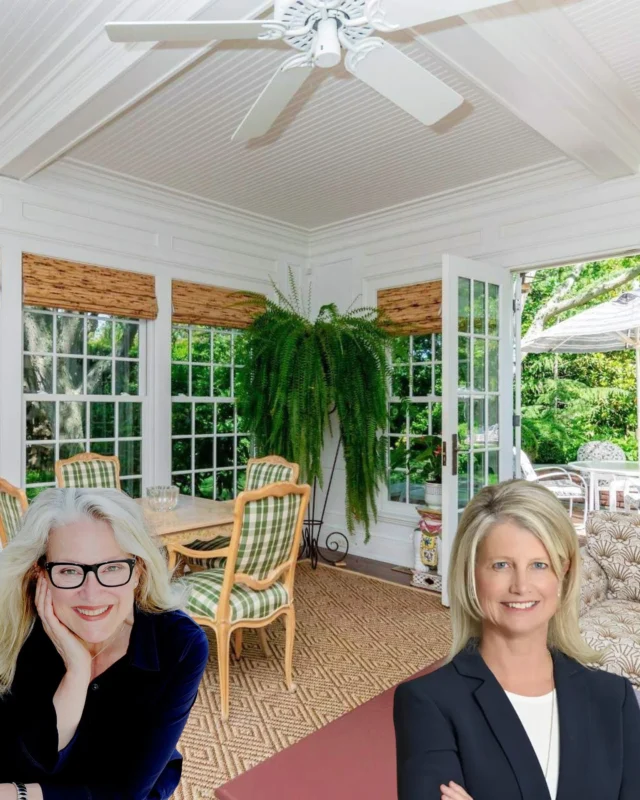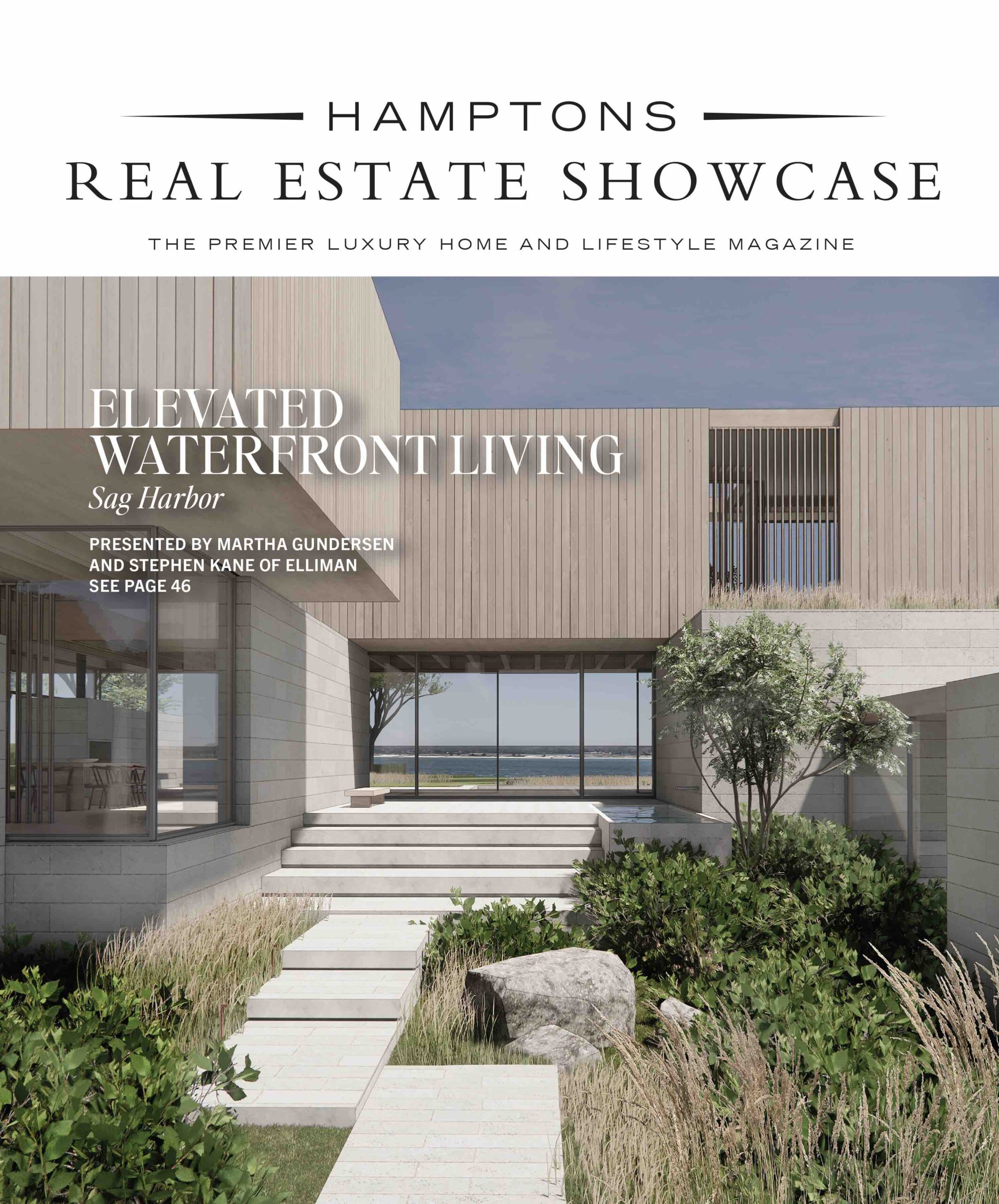Trends on display at the 2024 International Contemporary Furniture Fair
In the week before Memorial Day weekend, Manhattan’s Jacob Javits Convention Center was filled to the brim with leather, wood, stone and wool. It was the 2024 International Contemporary Furniture Fair (ICFF) and the 250,000-square-foot lower exhibition hall teemed with designers, dressed in their favorite fashions, scuttling around to admire each other’s designs.

Photo: Jeong Hur
The energy was palpable, noted Ann Petersen, senior director of brand and trade marketing for Lumens. The lighting retailer featured items from several brands including the Wallace Sofa from Gus* Modern and the Seal lounge chair from Audo Copenhagen. “The design industry was out in force – from emerging designers and brands to the icons of the industry, everyone was walking the fair and engaging,” she said.
We caught up with a few of this year’s ICFF designers to chat about what they saw at the show.
Sustainability
Among the trends at the fair this year, sustainability was the most prevalent. From 3D printing on recycled plastics to light fixtures fashioned out of sugar cane, the furniture industry is collectively taking a step toward saving the planet.
“The balance of tradition and innovation underscores a commitment to mixing ecological integrity with personalized design,” said Evelin Portillo, founder and creative director at Southampton-based St. Étienne Design. At its booth, her studio presented a collection featuring fabrics that are hand-woven using an ancient Mayan pedal loom technique. They are then dyed and stitched by master craftsmen, Portillo explained. “Designers are leaning into organic forms and natural textures, utilizing healthier materials, stone, and sustainable fabrics,” she said.
Designer Ian Love, based in the Hamptons and Brooklyn, saw a shift away from mass-produced products, “and a focus on sustainable design that is transparent about where and how it’s made,” he said. Love presented a collection of tables, seating, a mirror and wall art. “My booth was all handmade sculptural furniture and art all made with local trees that were taken down and salvaged before being thrown away,” he said.
Originality
Instead of fretting about furnishings looking perfect and uniform, designers are embracing Mother Nature’s blemishes.
“Emphasis is now on authenticity and the tactile qualities of natural materials, celebrating their unique imperfections and the craftsmanship involved,” Portillo explained. This was evident in the troves of stone, wood and other organic elements on the ICFF floor this year. “These materials are crafted into pieces that highlight environmental responsibility and timeless beauty, reflecting a deep appreciation for both nature and artisan skills,” she added.
Drawn to the natural world, Love said he succumbed to temptation and bought himself a mycelium lamp from the MushLume Lighting booth. “I also really loved [designer] Simon Johns’ clay side tables and light sculptures,” he said.

Photo: Jenna Bascom Photography
Collaboration
Throughout the show, it was clear that designers were working together. Numerous booths showcased not just the sponsors’ work but other artists as well. In the back, students from Parsons School of Design unveiled their innovations, including a Shoji screen illuminated with blue lightbulbs and a wood-like material made with mycelium byproducts.
“I felt strong community in the room, which will inspire the industry to keep creating and moving forward,” said Peterson, of Lumens.
At the St. Étienne display, the studio showcased sculptural art made together with embroidery artist Sarah Esmoingt to illuminate the power of women, Portillo noted. “These designs reflect a dedication to sustainability, the beauty of natural materials, and the collaborative spirit in the design industry,” she said.

















![A private Sag Harbor retreat with timeless elegance and space to roam 🌿 Set on 6.5± secluded acres, this beautifully designed estate offers over 8,000± square feet of refined living, with layered outdoor spaces, a 50-foot gunite pool and spa, and ever amenity needed for effortless Hamptons Living.
47 Middle Line Highway, Sag Harbor Represented by @theenzomorabito of @douglaselliman [link in bio]](https://hamptonsrealestateshowcase.com/wp-content/uploads/sb-instagram-feed-images/513860206_18518605354030135_4589361988158119558_nfull.webp)



